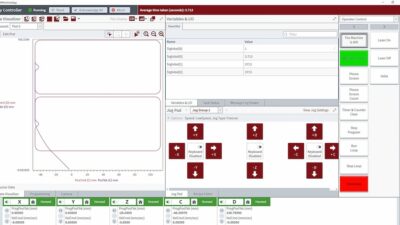According to a report from IHS Inc., the demand for acryl film in LCDs is forecast to reach almost 200 million square meters in 2017.

Acryl will command an 18% share of the market for polyvinyl alcohol (PVA) protection film in displays by 2017, up from just 4% in 2012, with future growth coming at the expense of triacetyl cellulose (TAC) technology that now dominates the business.
Demand for acryl film in liquid-crystal displays (LCD) is forecast to reach almost 200 million square meters in 2017, or close to six times the total in 2012. according to the report entitled “PVA Compensation Film and TAC/Acryl Film Analysis – 2013” from IHS Inc.
“One of the primary factors driving the move from TAC film to acryl is demand from manufacturers for ever-thinner, larger display panels that use film with greater resistance to heat and moisture,” said Irene Heo, senior analyst for display components and materials at IHS.
IHS forecasts that the overall polarizer market will grow by 5% in 2013 to reach $11.8 billion.
Spearheading that growth will be small- and medium-sized applications—up by 28%—and active-matrix organic light-emitting diode (AMOLED) displays—up by 51%. Smartphone and tablet manufacturers, which comprise the bulk of small- and medium-sized display demand, increasingly are demanding the use of film that can produce optimal optical display quality under a wider range of temperature and humidity conditions.
Global acryl film demand is projected to increase 74% from 2012 to 2013, led by LG Chem Ltd. and Nitto Denko Corp., each of which has established acryl film-making technologies. IHS forecasts acryl film demand will rise a further 110%, reaching 124 million square meters, by the end of 2014.
While large-sized TFT-LCD applications such as big-screen televisions currently account for 72% of the global polarizer market, their growth rate is expected to stay largely flat over the forecast period at a compound annual growth rate (CAGR) of -0.1%. Nevertheless, large-sized display applications represent a significant potential market opportunity for acryl film if—as yet relatively untested in such applications—it can make inroads into this segment.



